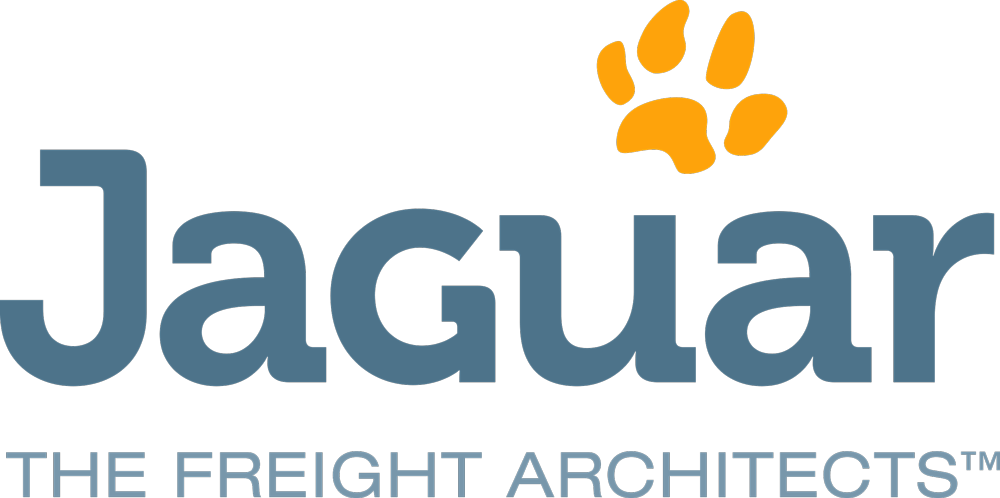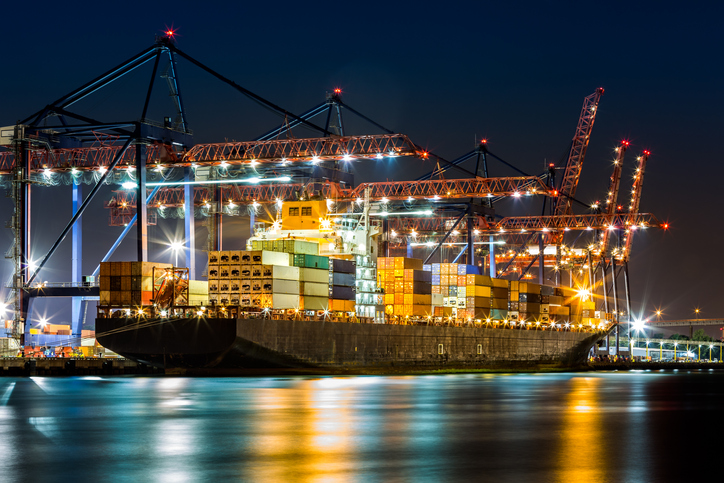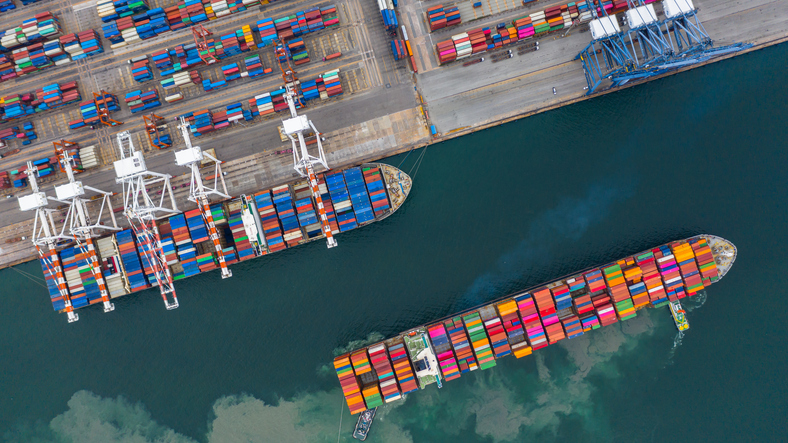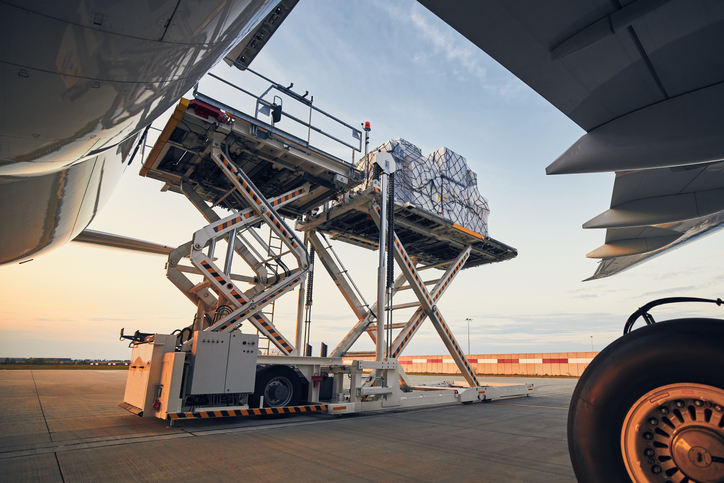
The Weekly Roar
In this week’s Roar: A strike averted, alliances reshuffle, increased air cargo usage, how cybersecurity needs to evolve, and a final look back at 2024.
In the best news so far of 2025, a tentative agreement on a new six-year master contract has been reached by the ILA and USMX. The two parties decided to keep working under the current agreement until the union could set up a ratification vote. A joint statement said, “With the modernization of East and Gulf coast ports, this agreement creates the capacity they need to maintain our supply chains and protects existing ILA jobs while establishing a framework for implementing technologies that will create more jobs.” Most details are still unknown in order to give ILA rank-and-file members and USMX members a chance to examine and accept the final version.
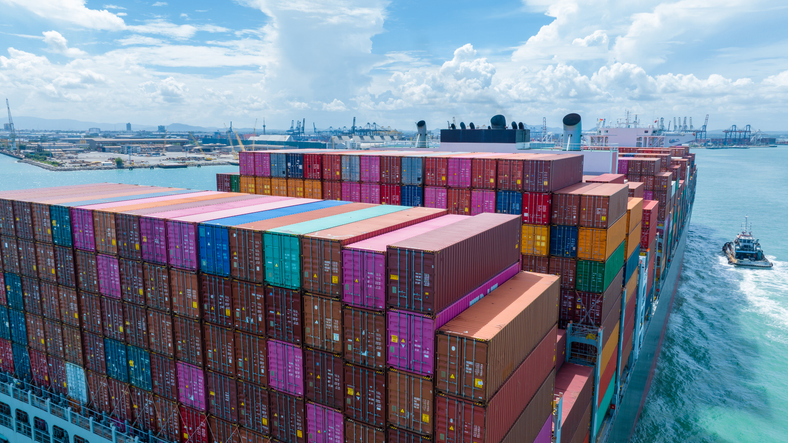 Expect the alliance reshuffle to have an impact on the box ship shortage. A new Alphaliner newsletter states that the combined capacity of the liners controlling more than 1% of the global liner fleet grew by 10.3% last year. MSC, which has decided not to align itself with an alliance this year, had the strongest growth in 2024 when it comes to TEU slots. Specifically, it added 50 newbuilds and 692,000 TEU slots to its fleet, putting its growth at 12.3%, well above the market average. In contrast Maersk saw 7.3% fleet growth and will join Hapag-Lloyd to form the Gemini Cooperation in February 2025. Yet despite fleet expansions, vessel availability remains tight.
Expect the alliance reshuffle to have an impact on the box ship shortage. A new Alphaliner newsletter states that the combined capacity of the liners controlling more than 1% of the global liner fleet grew by 10.3% last year. MSC, which has decided not to align itself with an alliance this year, had the strongest growth in 2024 when it comes to TEU slots. Specifically, it added 50 newbuilds and 692,000 TEU slots to its fleet, putting its growth at 12.3%, well above the market average. In contrast Maersk saw 7.3% fleet growth and will join Hapag-Lloyd to form the Gemini Cooperation in February 2025. Yet despite fleet expansions, vessel availability remains tight.
Facing a possible increase in U.S. tariffs on Chinese imports, importers may begin using air cargo to expedite shipments and avoid higher costs. TIACA’s Director-General also mentions how tariffs may lead to a ‘China plus one’ situation, where China shifts some of its final assembly to somewhere else in Southeast Asia—a move that could ironically create even more cargo volumes as the incoming administration tries to dampen demand for imported goods.
As cyberattacks increase and become more sophisticated, cybersecurity needs to evolve in tandem. Instead of traditional risk management approaches—which are often ineffective—the industry needs to look at more proactive and integrated strategies. This means a more holistic view of cybersecurity, making it a core component of overall supply chain resilience. Some recommendations include a more robust cybersecurity infrastructure, implementing strong data protection measures, and developing better collaboration across the supply chain.
Before you accuse us of being stuck in the past, let’s take a final look back at 2024. The year saw supply chains transform, with a new emphasis on diversification, nearshoring, and digital innovation. Several companies reduced their reliance on single sources like China, and started investing in regional manufacturing in several emerging markets. Distribution networks improved so they could meet the growing demands of the exploding e-commerce market. And AI and automation helped pave the way for smarter, more resilient operations. With all those positive changes, we’re in a good position to face 2025 head-on!
For the rest of the week’s top shipping news, check out the article highlights below.

